Preconstruction Scrum
What we’ve learned, how we use it, and results.
By Ben Hunter, Preconstruction Division Manager
My life in construction began as a young man in my early teens helping clean up job sites for my dad’s commercial construction company—and eventually working my way up to be an apprentice for some of the most talented people I’ve ever met: carpenters. It seems skilled carpenters like those men are harder and harder to come by these days. What I learned from those men still influences me today even in my role as a preconstruction team leader.
They taught me the importance of having a good plan and all the necessary steps you must take to execute the plan. As a young and energetic teenager, I must admit that I did not quite realize at the time that I was witnessing art in motion. It appeared effortless when they completed the job in front of them, no matter how big or small, because of the planning and preparation they put in place.
With a well thought-out plan, we could then begin prioritizing the work to get the job done on time. It would involve your typical activities such as making the material list, the trip to the lumber yard, cleaning your work area, organizing your tools, setting up your sawhorses—and the list goes on, eventually leading to making that first cut on a beautiful piece of crown molding, to be installed in a majestic church out in the county with nothing else around. These men did things right the first time because they didn’t know any other way.
When I was first introduced to scrum by Boone White, field team leader at ICM, it was during his short stint helping the pre-construction team, while he was between finishing and starting his next project. This was two months ago, and the value added from Boone’s time in pre-con is proving to be unmeasurable.
Scrum caught my interest after reading the title of the book Scrum: The Art of Doing Twice the Work in Half the Time by Jeff Sutherland. After listening to the audio book, I was immediately intrigued by this thought process and had a multitude of ideas of how we could utilize this within the preconstruction division. After returning from a family trip to Wheeling, West Virginia, I was energized and excited to start this new journey.
How We Use It
Boone and I immediately built our first Scrum team, consisting of Boone (Scrum Master), me (Product Owner), and the development team including our estimators, a couple project managers, and our president. I laid out the backlog, and we settled on weekly sprints to be our duration. We had our first sprint planning meeting utilizing Miro, a living collaborative white board.
Utilizing Miro to implement Scrum has proven to be a very efficient way to plan our sprints. The flexibility that Miro offers saves time and increases productivity. We’re able to quickly resize the white board if we need more room for tasks or backlog. We utilize the estimation tool to assign values of effort towards each task. Each team member can “vote” on the value of each task simultaneously.
We’ll choose the final value based on an average of the results, so everyone has input. We’re also quickly able to identify when a task may not be worded clearly if there is a large spread in the votes. Beyond estimating and flexibility, the other greatest benefit so far has been to see what others are working on and when. Since it is a living whiteboard, we’re able to see when one team member moves something from their sprint backlog to the doing now column. This promotes communication between team members if collaboration is needed and can also help us identify when the next successor activity is ready to start.
Most recently we’ve started compiling the data and creating graphs in Miro to track productivity.
In the above image you can see how we’ve organized our backlog with different color sticky notes for different projects; our Do, Doing, and Done columns; how much effort or how many points we have planned and completed for the week; and how many unplanned/ad hoc items popped up.
This image shows each sprint for the month of May. Looking at the entire progression of the backlog (far left gray column), over time you can see how the number of stickies has gradually dwindled throughout the month. As the product owner, this helps me recognize that we could have increased capacity for the next month, unless there are other projects we’re already anticipating, and/or it simply reminds me that I need to get busy and populate the backlog!
Things We’ve Learned and How We Utilize Scrum
The sprint retrospective has allowed us to evolve the Scrum process to best suit our team’s needs. Things we’ve learned include the importance of having tasks with a definition of “done.” Simply writing a task a certain way, to make it clear as to what must be completed, has proven critical. During our Daily Scrum there always seems to be at least one task for which someone is unclear as to what must be completed. You might be surprised at how easy it is to forget the context behind a given task, but when you’re working on multiple different projects, each with their own complications, this can be quite easy.
It may seem obvious, but a good sprint requires a good plan prepared by the Product Owner. We’ve seen that the more thorough the plan, the better the sprint. For me personally, this has been critical to recognize as the Product Owner. Providing our team with a well-defined plan has allowed me more time to complete my tasks.
We’re not very good at estimating the amount of time it takes to complete a task. When tasks are not completed in a sprint, it mostly is due to us underestimating the amount of time required. Breaking them down into smaller tasks has improved this process. We measure the effort required to complete our tasks using the Fibonacci sequence and have found that if the majority of the tasks range between 1 to 8, the more successful our sprint will be.
We use percent planned work completed and percent unplanned work completed to measure the success of our sprints. Another way to view this is that we’re measuring productivity, which is something we’ve been wrangling for years. As we collect more data this will allow us to determine if we have too much work within a given Sprint or, just the opposite, have additional capacity. We then can plan to gather more resources if all tasks are critical to complete during that sprint.
If some tasks are not as critical, we’re able to identify those and push them to the next sprint, so we are not overloading ourselves. We’re also able to find other areas to work such as personal development, departmental improvements, continuing education/training, connecting with trade partners, and so on by recognizing how much effort is needed for each sprint.
Results
Our team has yet to miss a deadline since incorporating Scrum. Deadlines are not as daunting as they once were. They no longer loom over us, but instead they just arrive, and we’ve completed what we set out to complete with a well-executed plan.
As a result, we’re happier at work and at home. We rarely have to take work home or work extended hours. We’ve developed a sub-culture within our department on which we continue to build. There is accountability to one another which allows us to trust each member of the team to do their part. Our individual success is contagious amongst the team and is fostering a healthy level of competitiveness within the department. Ultimately, we’ve created more capacity by being more efficient, and, better yet, we’ve created more room for growth.
We each have a month in which, at the beginning of our weekly sprints, we’ll share something that speaks to us; the following quote from Richard A. Swenson, M.D. was shared at our last sprint. “Margin is the space between our load and our limits and is related to our reserves and resilience. It is a buffer, a leeway, a gap; the place we go to heal, to relate, to reflect, to recharge our batteries, to focus on the things that matter most.”
The peace of mind and satisfaction created by the structure and order of our process takes me back to my days as a wannabe carpenter, where we had a well thought-out plan with specific tasks that had to be completed in a certain order, working on those tasks one at a time, and ultimately achieving the end goal by moving each task from “doing now” to “done.”
Let us advocate for your next project.
If you would like to learn more about ICM and the innovation and quality we can bring to your next project, please contact:
Casey Rogers, President
direct: (662) 550-3051
cell: (662) 816-7326
casey@icm.construction
Michael Marino, Head of Finance and Business Development
cell: (662) 380-3338
mmarino@icm.construction
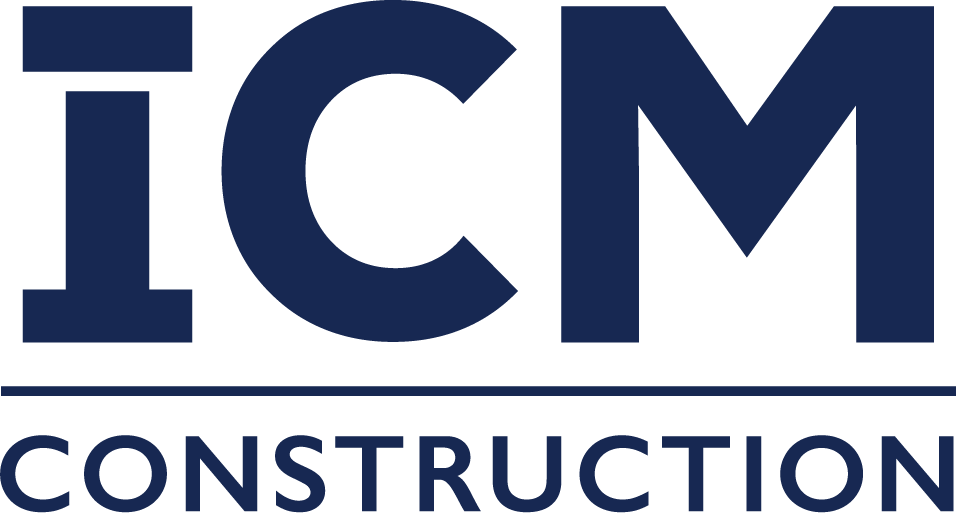



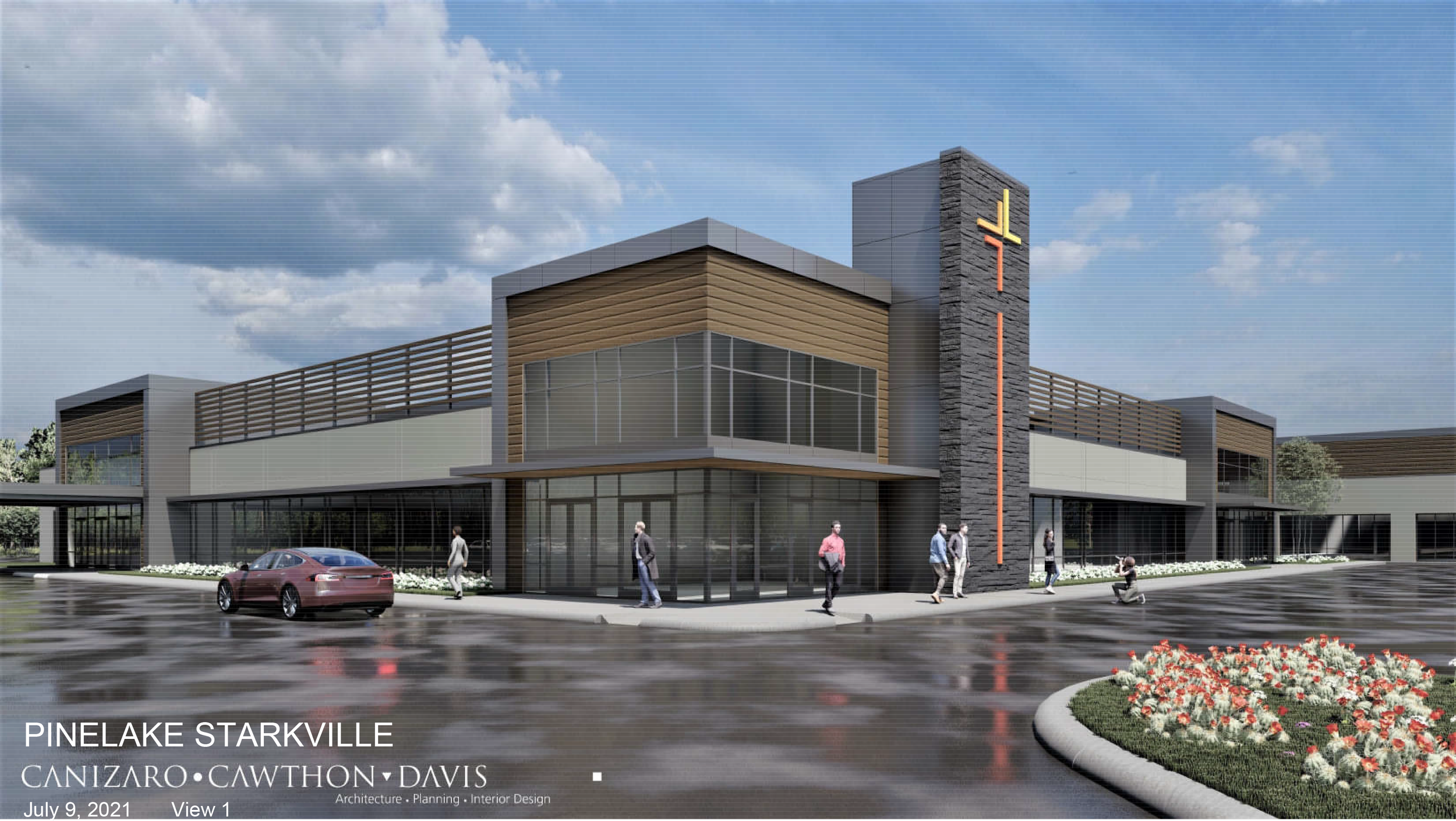
















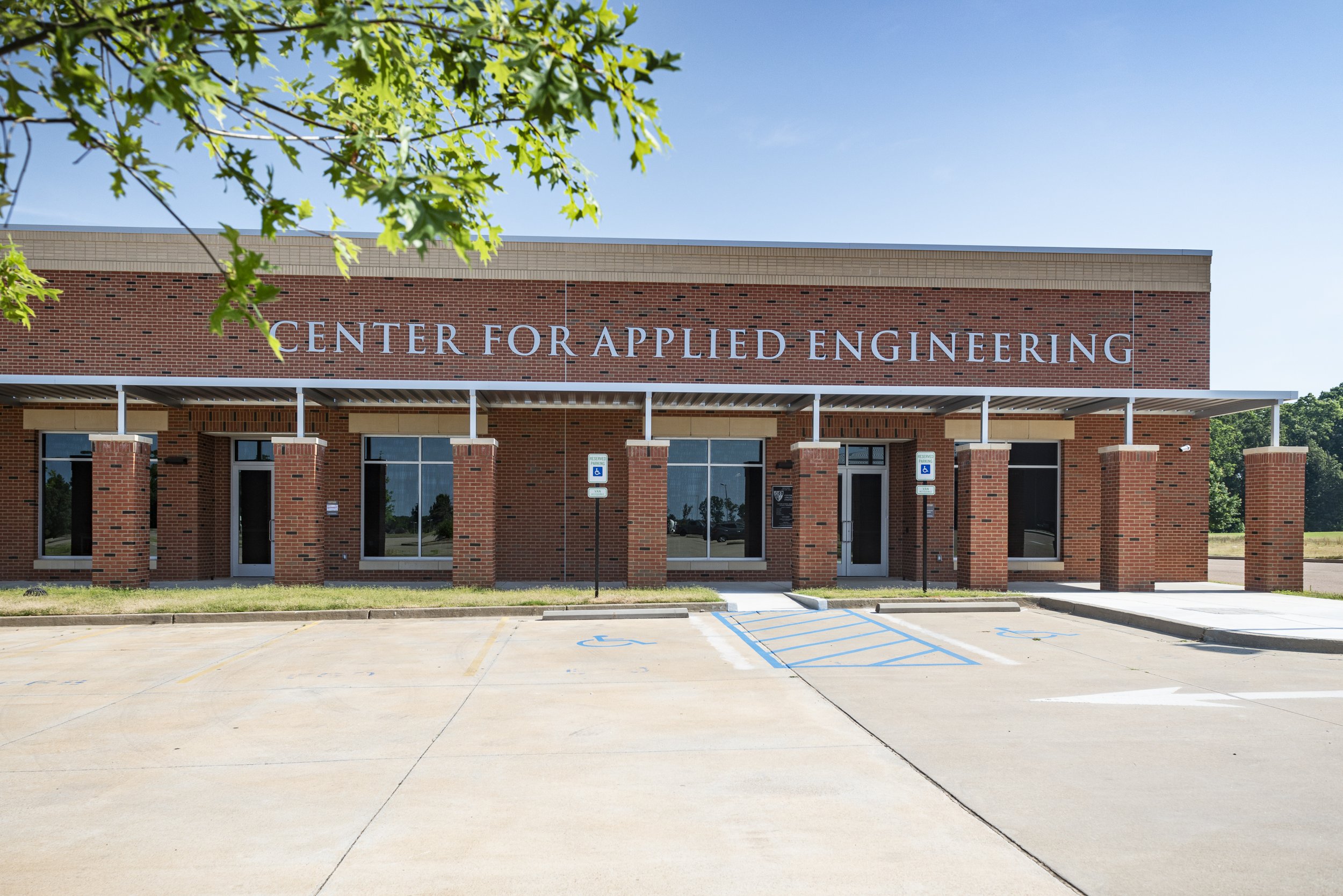
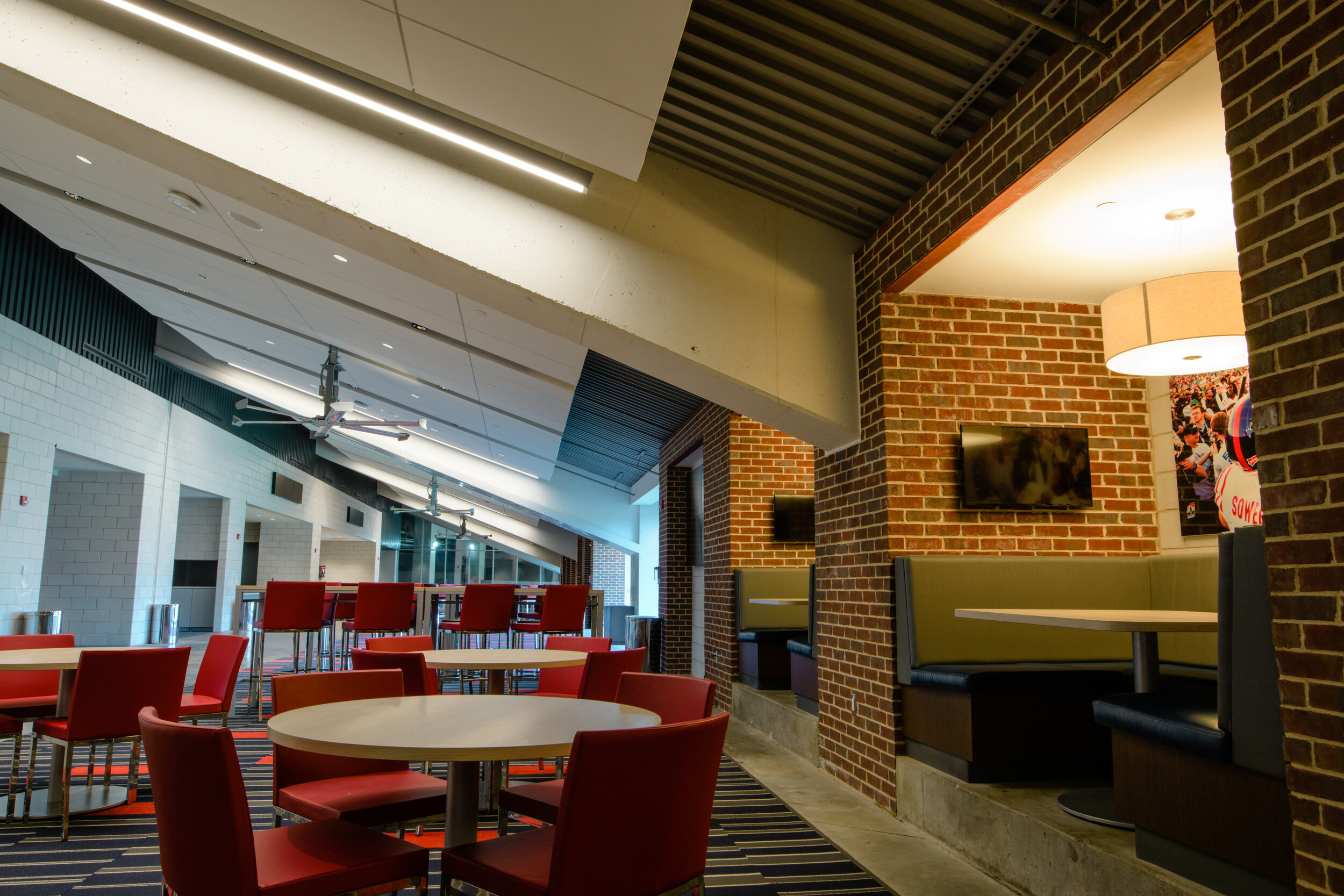







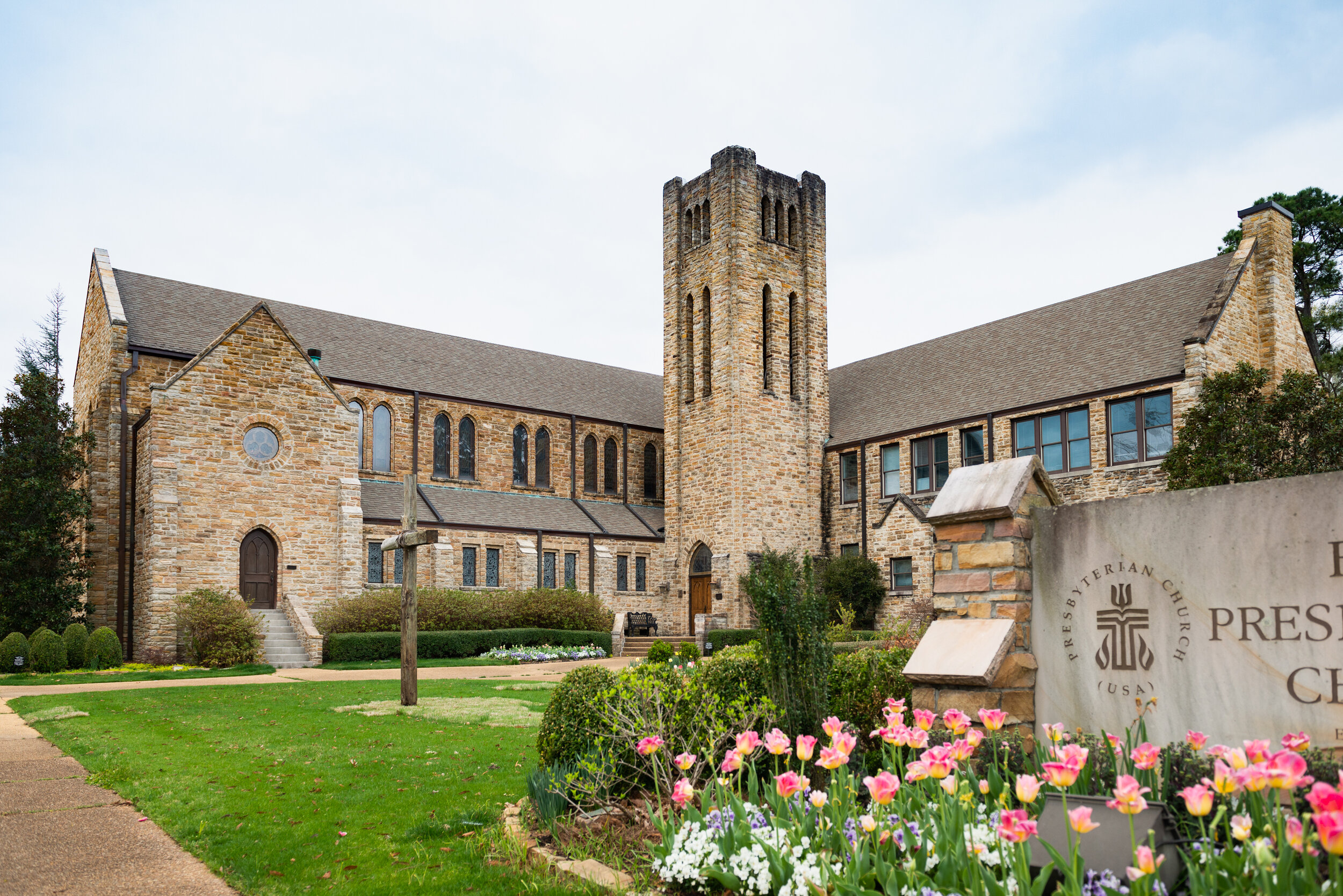
Total Project Cost: $20 million • Completed 2015-2016